Visa Inc.
Headquarters: San Fransisco, CA, United States
Founded: 1958
A Brief History of Payment Networks
It wasn’t the most auspicious of starts for Bank of America’s credit card programme. BankAmericard mass-mail ‘drops’ to thousands of homes around California started in 1958 with the mailing of 65,000 unsolicited cards to residents of Fresno and became increasingly frantic through 1959 as rumours of other entrants spooked Bank of America’s executives. This great experiment’s driving force, Joseph P. Williams (who had never worked in a bank’s loan department) had, it turned out, massively underestimated the credit risks associated with such a programme. By the time Williams and his team left Bank of America in 1960, the bank had lost $20 million on the credit card programme. Delinquencies hit 20% - five times the predicted figure - and BankAmericard’s enterprising customers had already discovered credit card fraud. Not all was lost, however - after a couple of bumpy first years, Bank of America decided to persevere with the operation. From 1961, with more stringent credit limits and tighter internal controls, the BankAmericard programme started to turn a profit, though this fact was kept under wraps for fear of tempting new competition. By the late sixties, BankAmericard was licensing its credit card to banks across the United States and was starting to resemble the payments network we know today.
Visa Inc.
Visa’s business model is fairly simple: in a transaction between a consumer and a merchant, Visa acts as an intermediary between their respective banks, charging a small network fee based on the transaction amount. This network, called 'VisaNet,' allows banks to transfer payments securely, reliably, and efficiently. Without Visa, banks would need to establish individual relationships with each other, creating a costly and inefficient system. Visa's interchange system streamlines the process, reducing costs and risks for all parties. The more banks Visa connects, the more valuable its interchange system becomes. This creates a powerful network effect - a classic example taught in business schools. Because Visa and Mastercard dominate the cashless payment landscape, they are often viewed as a duopoly by regulators. Visa's wide economic moat, combined with the ongoing shift towards cashless payments, has generated impressive returns for shareholders. Since its IPO in 2008, annualized returns have averaged 18%. This growth is fueled by a steady decline in cash usage and a surge in card transactions, a trend accelerated by the 2020 pandemic. Consequently, Visa's payment volume has skyrocketed from USD 4.4 trillion in 2008 to USD 15.4 trillion in 2023, processing 276 billion transactions - a 9% growth rate.
“Since its IPO in 2008, annualized returns have averaged 18%. ”
This translates to an 11% annual revenue growth and a remarkable 20% annual growth in operating income, thanks to strong operating leverage. Even better is that the business has been able to grow profits so significantly without having to heavily reinvest in the business - returns on invested capital have averaged at an impressive 65% over the past two decades. The high rate at which the business translates accounting profit into cash has allowed it to reduce its share count by a third since its IPO, on top of returning $24 billion in cash to shareholders by way of dividends. While innovation remains central to Visa's strategy, the focus is on adapting its network to emerging payment trends rather than radical overhauls. For instance, its tokenization technology enhances security by replacing sensitive card information with unique digital tokens, effectively reducing online transaction fraud. By the end of 2023, Visa had issued more than 7.5 billion tokens, reflecting its efforts to keep pace with the growing demand for secure digital transactions. We like this approach to innovation: if Visa can continue to do its best to ‘future proof’ the business by exploring new technologies, the powerful network should continue to produce significant profits well into the future.
